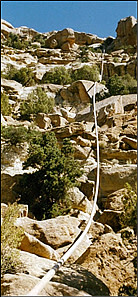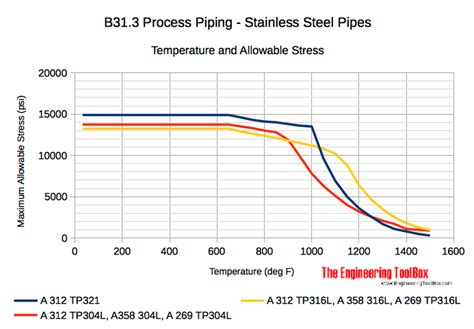mrmoffitt
Mechanical
- Sep 3, 2024
- 5
I am a ME with a consultant firm and I have built a few CAESAR models but still feel like every project is my first one because they have all been so different. This time I am working on a combustion gas system, and we are reusing part of the combustion gasses from the furnace to preheat sweep gas for the process side of a piece of equipment. It is a NPS4 316L SS line and my design temperature is 1300°F and low pressure (<1 psig). My CAESAR II pipe stress model is failing in the SUS case because the hot allowable stress is very low, 3.5ksi according to B31.3 Appendix A. I have supports placed fairly close together, but the model is still failing in the SUS case just from the weight of the pipe+insulation because Sh is so low. Has anyone worked with this high temperature line before and could provide some insight here on how to support high temperature gas lines. My line is NPS 4 with 6.5" of insulation, so a pretty small line. Thanks in advance!





